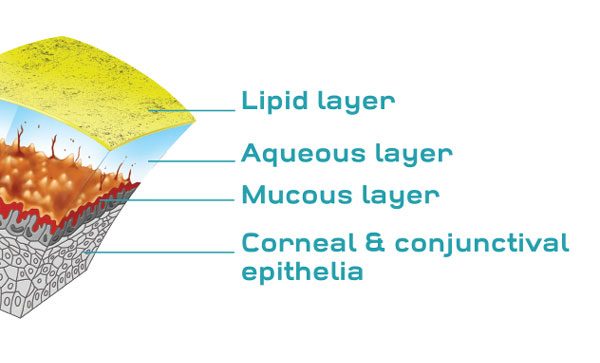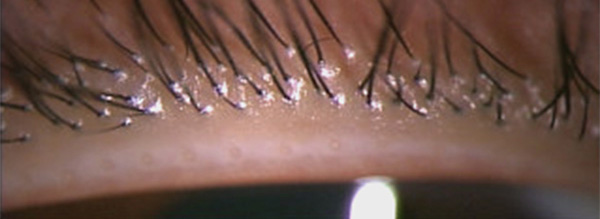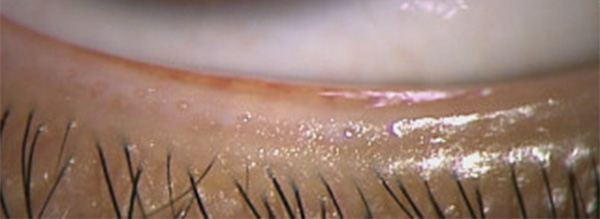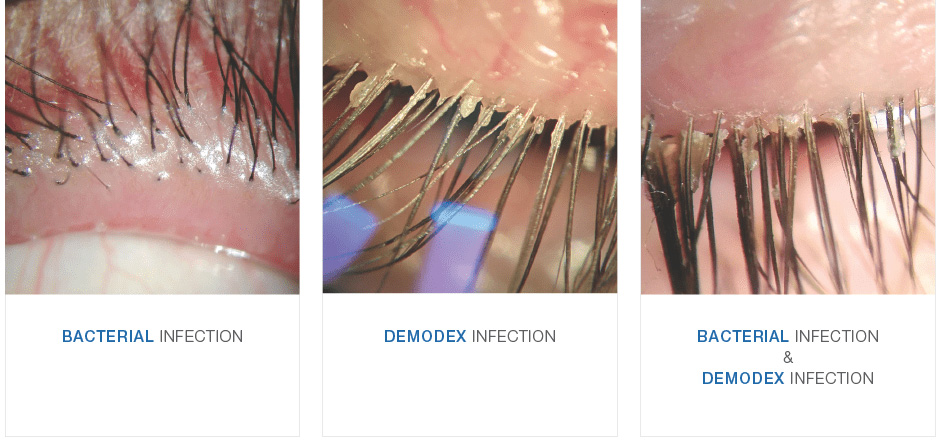 Dry Eye disease is a common, chronic, condition that occurs when your eyes do not have enough tear production. There are two main sub-types of dry eye: Evaporative Dry Eye and Aqueous Deficient Dry Eye. These can affect the health of your tear film which is made up of 3 layers: Lipid (oil) layer, Aqueous (water) layer, and the Mucous layer.
Dry Eye disease is a common, chronic, condition that occurs when your eyes do not have enough tear production. There are two main sub-types of dry eye: Evaporative Dry Eye and Aqueous Deficient Dry Eye. These can affect the health of your tear film which is made up of 3 layers: Lipid (oil) layer, Aqueous (water) layer, and the Mucous layer.
Evaporative Dry Eye: develops when there is poor quality of the lipid layer resulting in the rapid evaporation of tears.
Aqueous Deficient Dry Eye: is caused by the lacrimal glands not producing a sufficient amount of tears.
Symptoms of Dry Eye disease include:
- Dryness
- Grittiness
- Itchiness
- Irritated or uncomfortable eyes
- Watery eyes or excessive tearing
- Foreign body sensation
- Redness
- Burning/Stinging
- Intermittent blur
- Tired eyes
- Contact Lens intolerance
Causes of Dry Eye disease include:
- Age
- Climate changes/environmental factors
- Medications
- Diseases (Sjogren’s, Rheumatoid Arthritis, etc.)
- Eye surgery (Lasik, Cataracts, etc.)
- Contact lenses
Types of Anterior Blepharitis

Healthy upper lid margin

Healthy lower lid margin


Photos courtesy of Labtician
“Do I have dry eyes?”
Some people may have dry eye symptoms but may not necessarily have dry eye disease. Click here to book a dry eye consultation.
